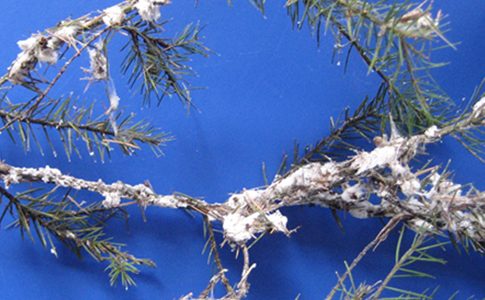Since ancient times, humans have been finding ways to win over pests. The use of chemicals to control pests began with the discovery that sulphur killed bugs in 2500 BC. Perhaps it reached a crescendo in the 1930s with the
More...Pests Problems and Diseases
Beneficial Bugs

Most people know that one of the benefits of companion planting is to attract bees which help pollinate fruiting plants. However, an equally vital benefit is attracting insects which will prey on and control pest insects such as aphids. Giving
More...Companion Planting
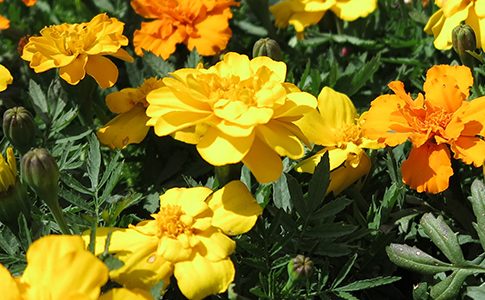
Many vegetables grow well with other plants in the garden and, using a few basic principles, organic gardeners can really have nature on their side in the biological control of pests. The most commonly documented companion plants help to repel
More...Insect Repellent Plants

Important note about plant availability.There are hundreds of factsheets on our website provided for your information. Not all plants will be available at all times throughout the year. To confirm availability please call (03) 8850 3030 and ask for the
More...Mosquito Repellent Plants
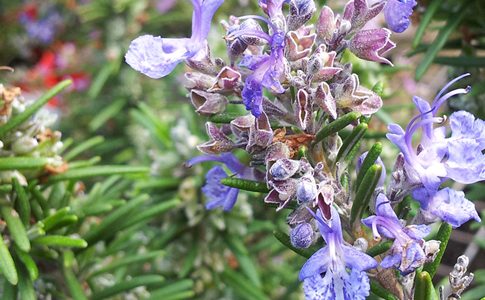
Important note about plant availability.There are hundreds of factsheets on our website provided for your information. Not all plants will be available at all times throughout the year. To confirm availability please call (03) 8850 3030 and ask for the
More...Safer Spraying

Herbicides, Insecticides & Fungicides… The safer alternatives There is a rapidly increasing need to change what we spray and sprinkle around the garden to keep it disease and insect free. It has been evident from the first usage of chemically
More...Phosphorus and Australian Native plants

Most Australians have heard at one time or another, that our soils are almost universally phosphorus deficient. In a truly fascinating manner, Australian plants have evolved various ways of coping with low phosphorus levels: some develop symbiotic relationships with fungi,
More...Peach Leaf Curl
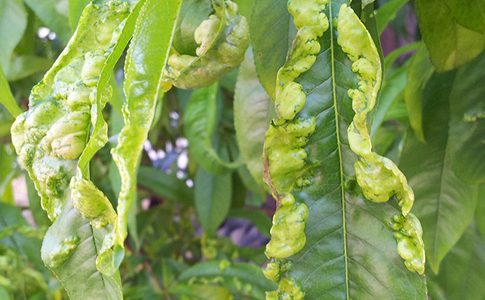
Every September we get customers bringing in thickened bubbly curled and distorted leaves from their peaches and nectarines, by then it is too late to treat and all we can do is offer a rueful smile and tell people what
More...Myrtle Rust

Myrtle Rust is a plant fungal disease that was first diagnosed in NSW in Myrtaceae family plants in April 2010 Myrtle Rust is now in Victoria. To a greater or lesser extent (depending on flora and climate conditions) this will
More...Land Cress as Pest Control
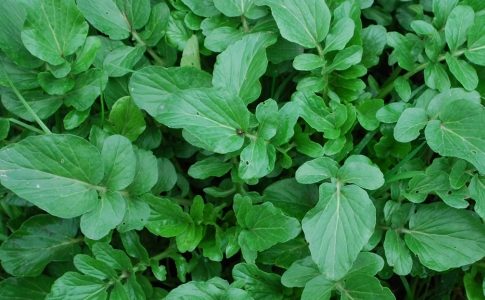
Land Cress (Barbarea vulgaris and Barbarea verna) releases chemicals which attract the Diamondback Moth (right) and the Large Cabbage Moth (left) – both small brown moths which are common pests in the vegie garden. These moths lay their eggs in
More...Gummosis (Bacterial Canker) in Apricots
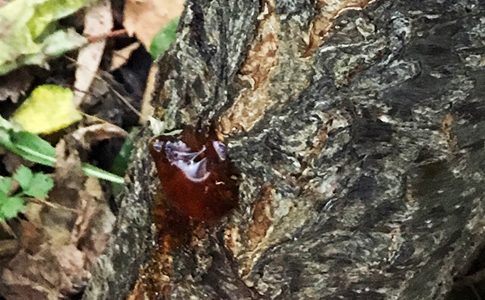
This disease has become almost endemic in apricot trees across Melbourne. It is now a disease that we need to prevent, live with, and manage. Gummosis is identified by the gum or sap that oozes from a wound in the
More...Elm Leaf Beetle

Elm Leaf Beetles are present on most Elms throughout Melbourne. There are many Elm trees in Melbourne, both planted as street trees, in public parks and reserves, and in private gardens. Although the Elm Leaf Beetle is present in significant
More...Cottony Cushion Scale

This is great shot of Cottony Cushion Scale on a citrus leaf which was brought into the nursery for identification. It shows them sitting along a citrus leaf, along the middle rib. This is where you will normally see them
More...Codling Moth and Oriental Fruit Moth
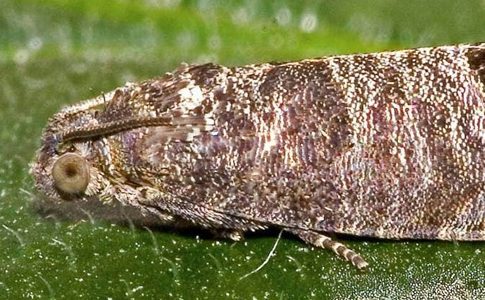
The chemicals commonly used to control codling moth also kill beneficial insect species, which contribute to biological control of other pests. Consequently increased chemical sprays are required for control of other pests. The most successful way to avoid this problem
More...
